When our classroom discovered “sculptures” we did not think it would take over almost every activity we offered the children. Boxes were used as blocks and became a lighthouse, a parking garage, an airport, a house, a school… and a lighthouse again, and again, and again.
“What do you think the children are learning through building these structures?” Children problem solve: Sometimes it is intentional: “I want to build a parking garage. How do I do that?” Other times it is in-the-moment: “To go higher and add to one side, what can I use?”
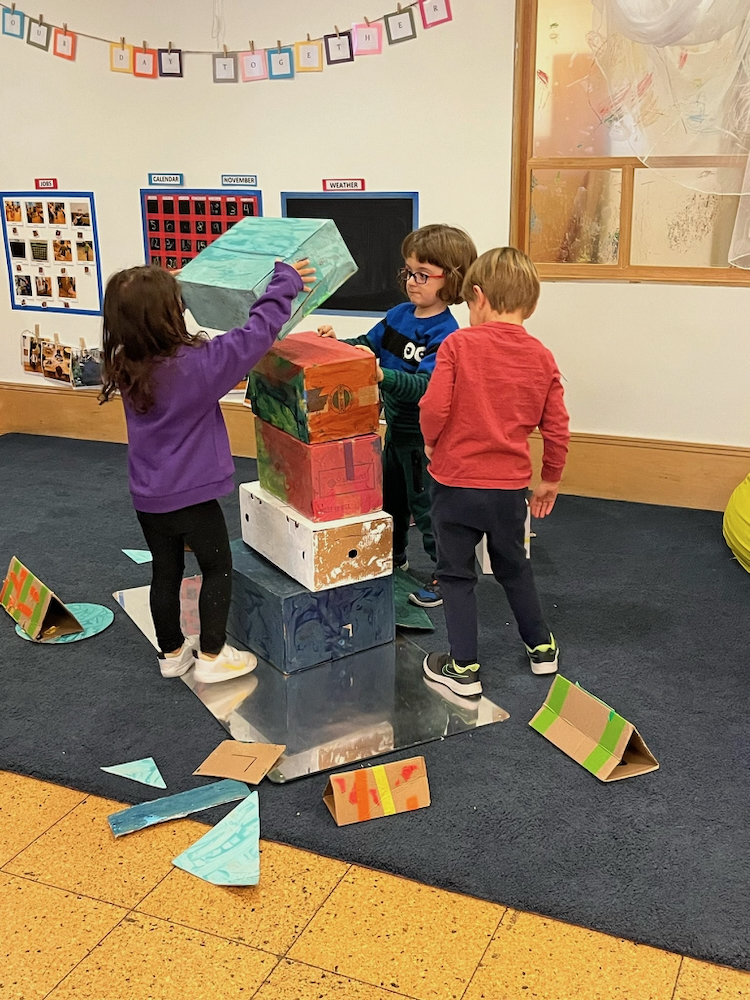
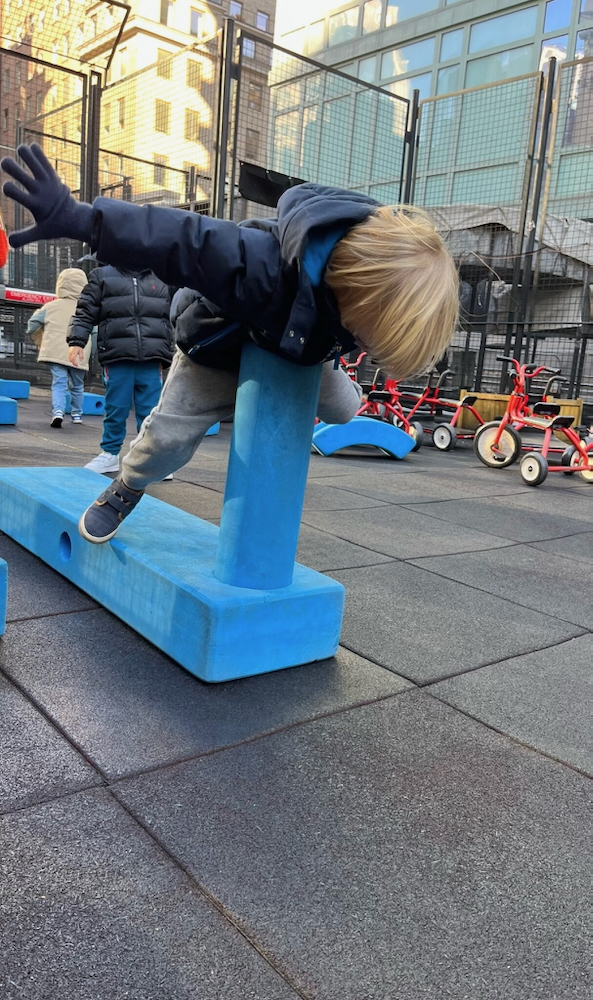
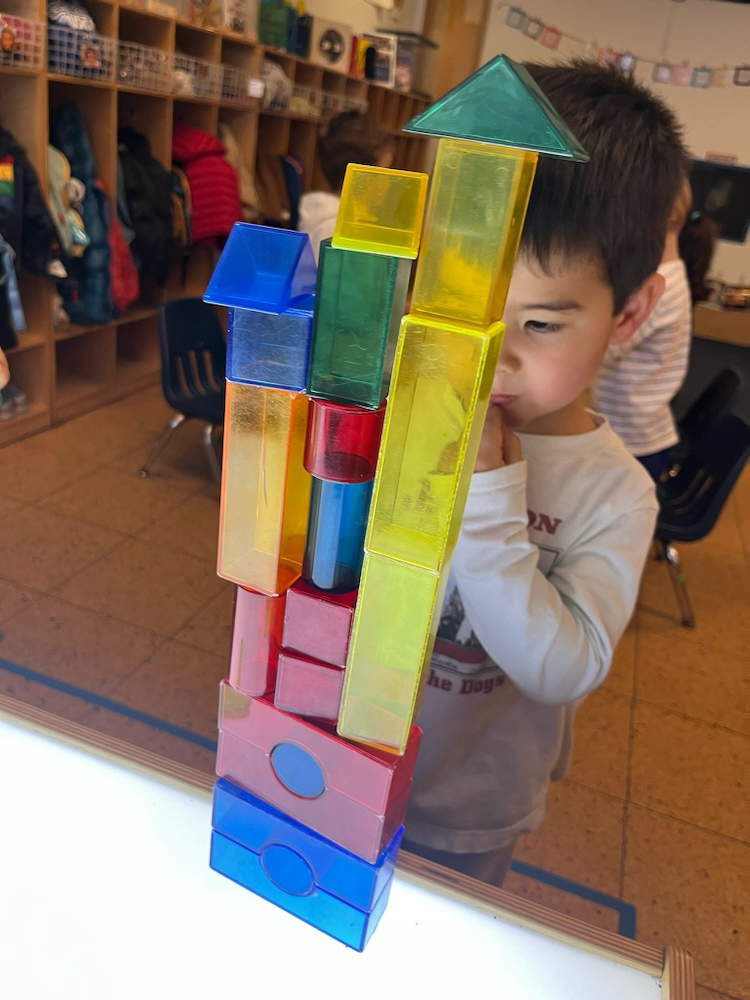
Over the last two weeks, children have been moving through our routines with increasing independence. Our classroom routines give structure to our daily activities and support the emerging sense of autonomy in the development of 2 and 3-year-olds. Completing a routine independently helps children to feel secure and in control in the classroom as they learn that they have the ability to take care of themselves and their materials without always needing help from grown-ups. As they learn these routines, they are growing important developmental skills including verbalizing their needs by asking for help and controlling their impulses by following through with a routine before moving onto the next activity.



When your child enters the doors of their new school on the first day, it can be an exciting time when they’ll meet new friends, establish new schedules, and hopefully find themselves immersed in the discovery of new learning experiences.
This considerable shift in daily schedule can cause your child to feel some very normal preschool separation anxiety, alongside you! When a child comes to school for the first time, the whole family makes that transition with them.
Please find below an excerpt on separation, written by one of our Two’s Teachers, Diana Wirzbuger. This is an excellent snapshot of our separation process and valuable insight for any parents of incoming two year old preschool children.
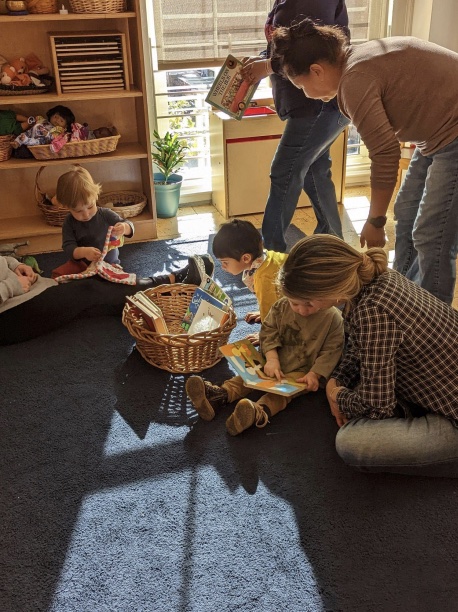
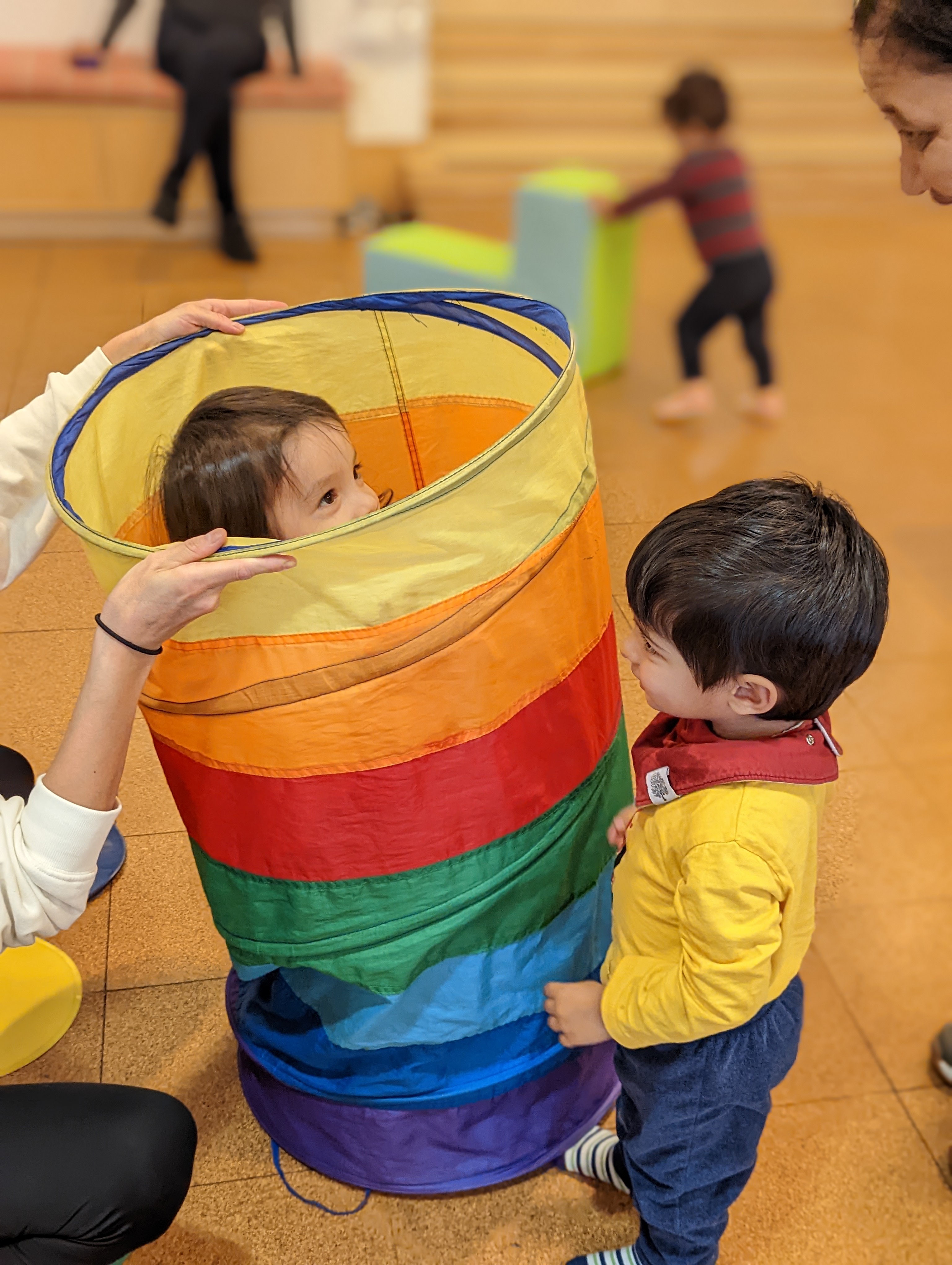
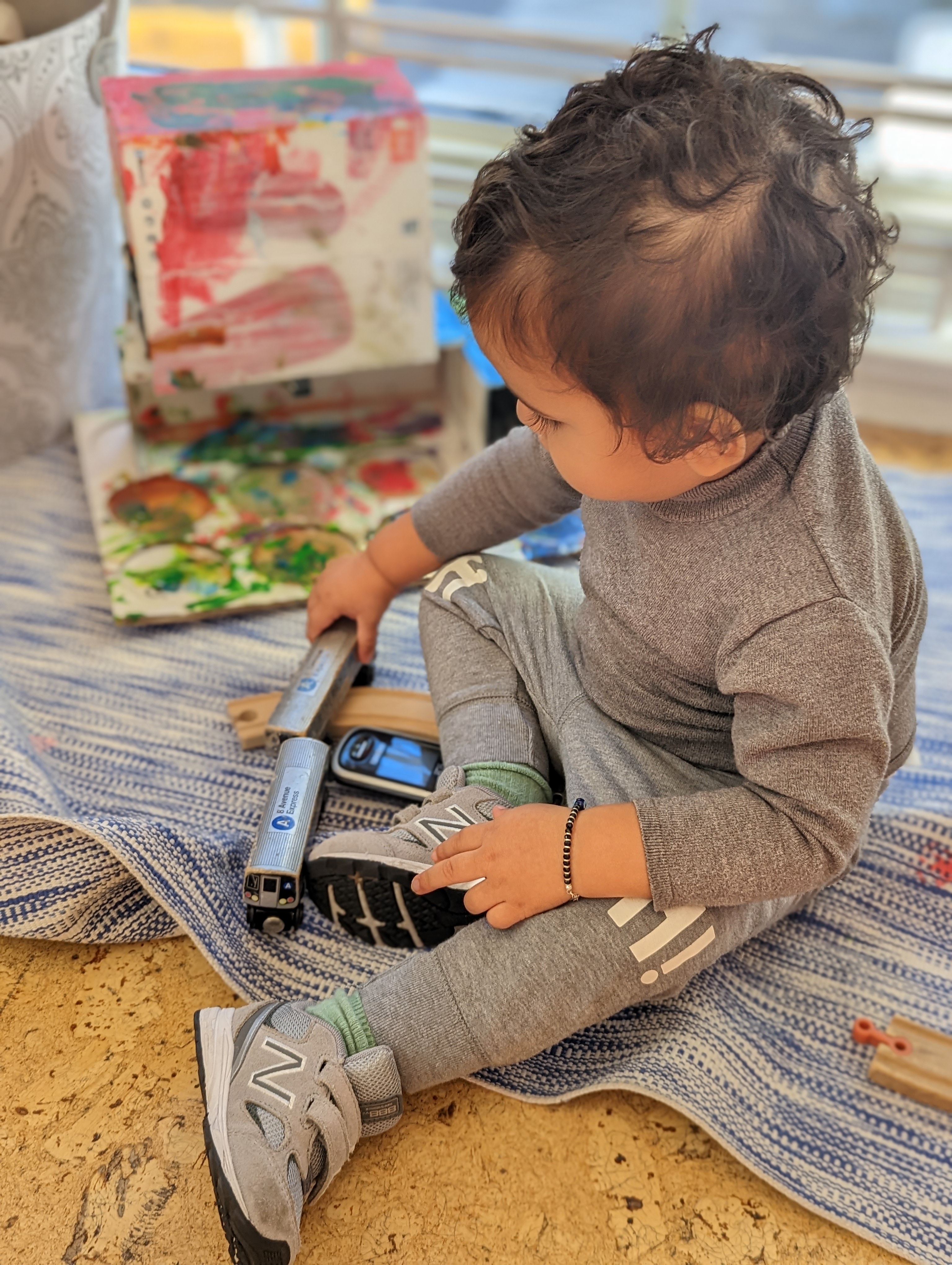
In Class 4, children have the opportunity to investigate and explore the many facets of identity and relationships. Over time, children begin to discover that our inside stories (those that only an individual person can express and know) and our outside stories (those you can tell by looking at a person) are equally important narratives that we communicate with the world. Through myriad classroom experiences and conversations, children discover that each of us has a very different, layered, and complex story to share.
As a community, we have spent time talking about the “just right words” we use to describe ourselves.

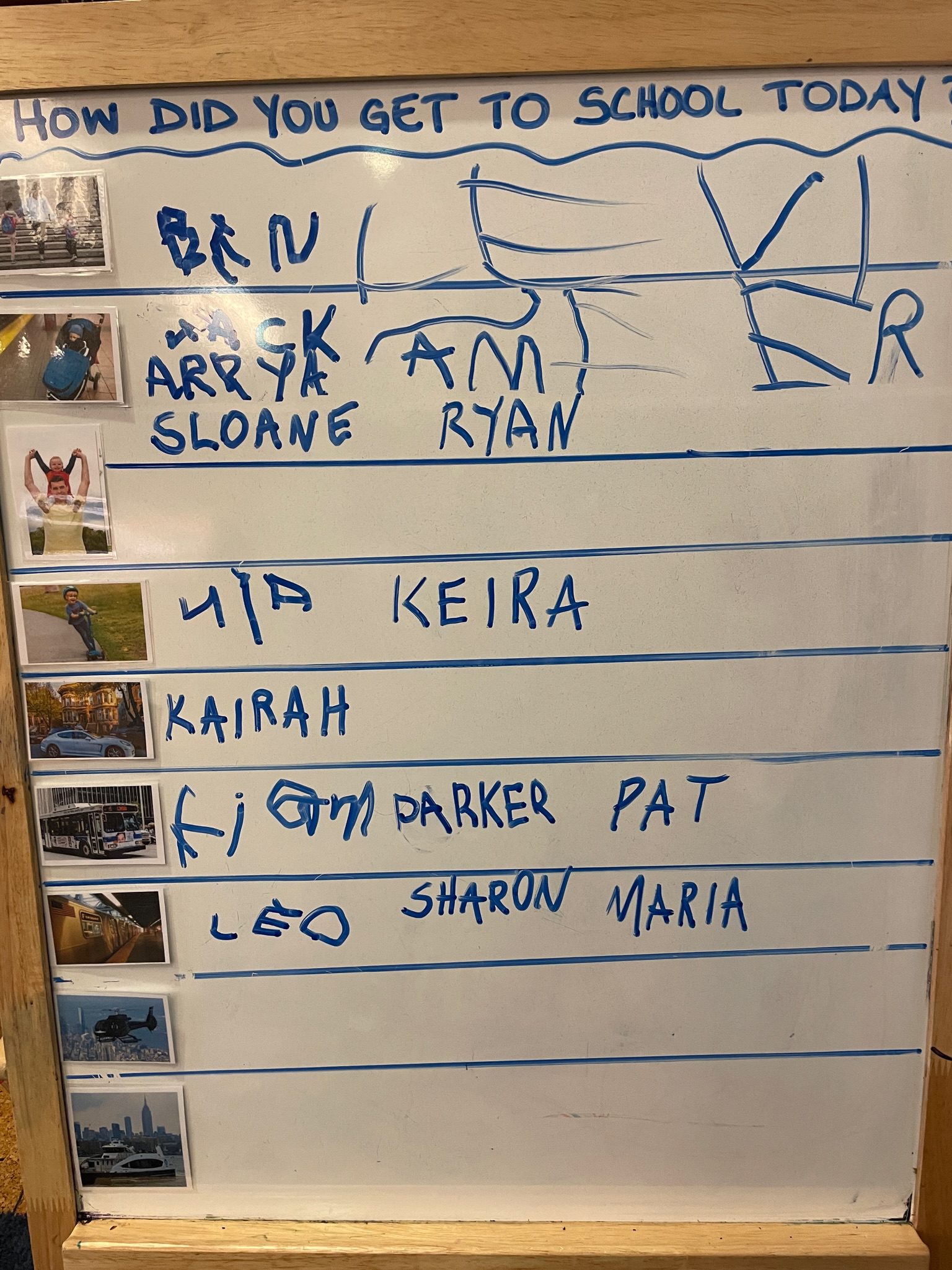
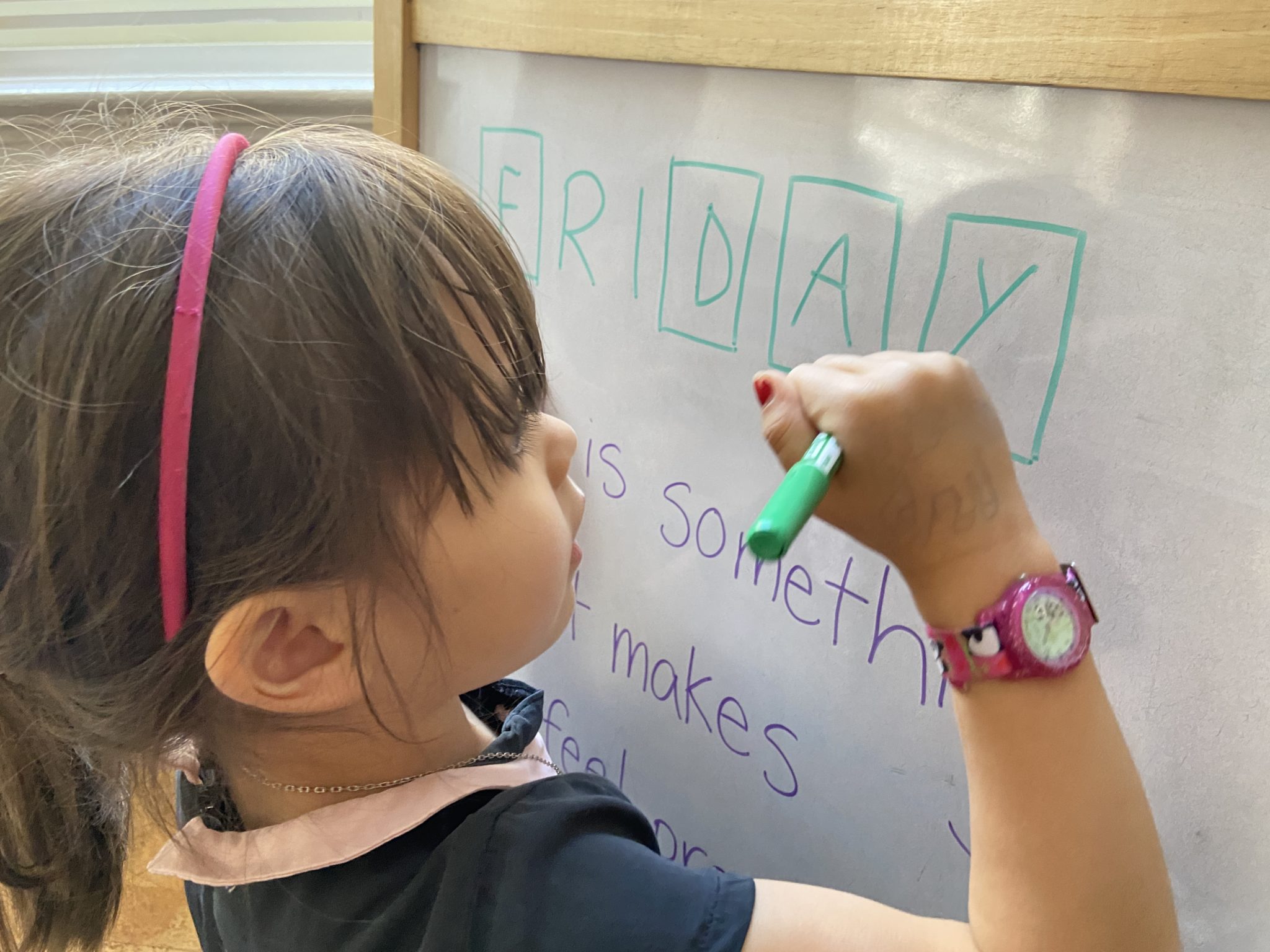
In 1972, architect Simon Nicholson developed the Theory of Loose Parts. Loose parts are open-ended materials that can be moved, combined, redesigned, lined up, taken apart and put back together in multiple ways.
Loose parts nurture imagination, creativity, curiosity and encourage open-ended learning. There is no set of specific directions for materials that are considered loose parts. Offer loose parts to a child and watch them lead the way!
The loose parts we have been working with so far are...
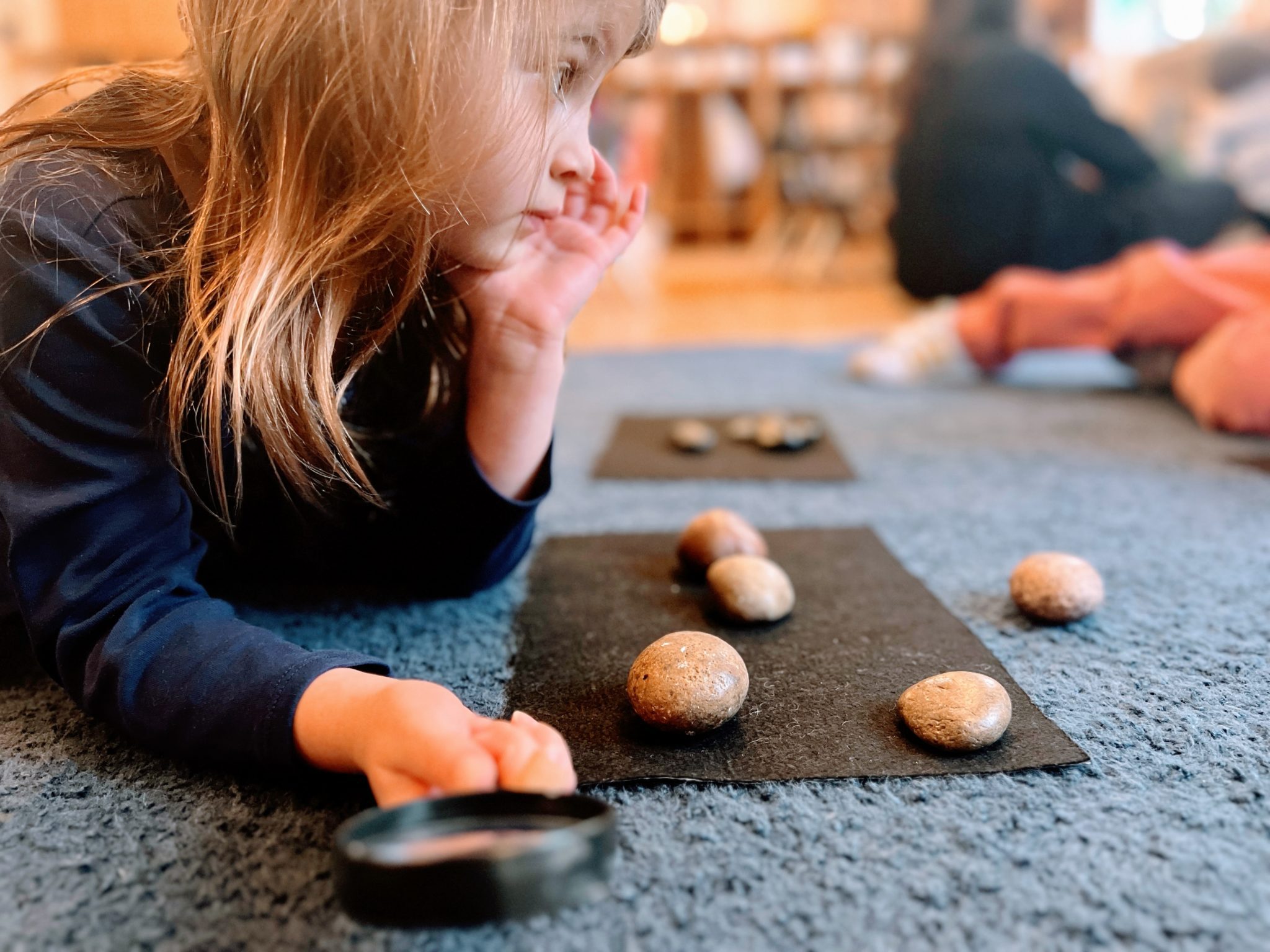
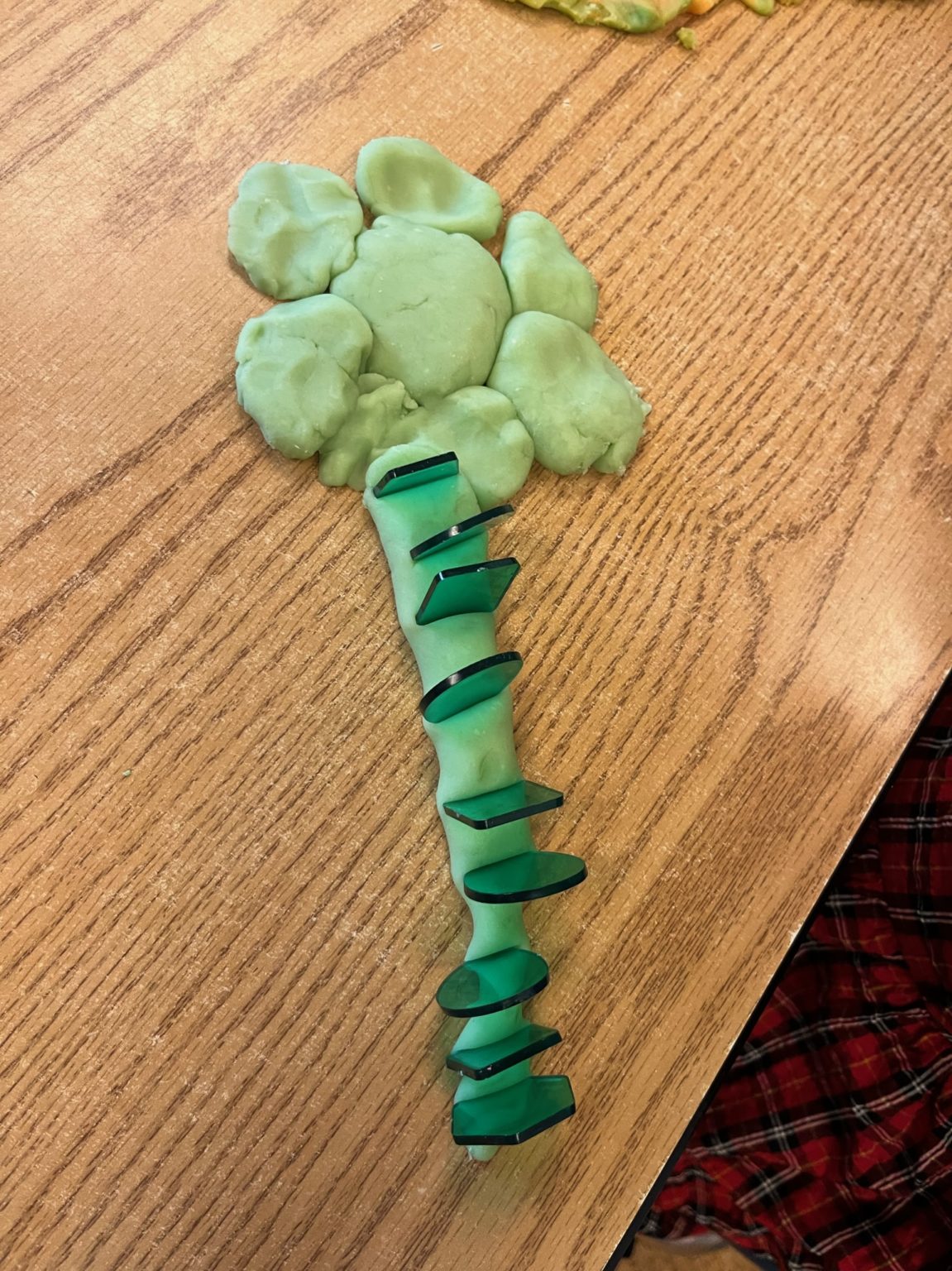
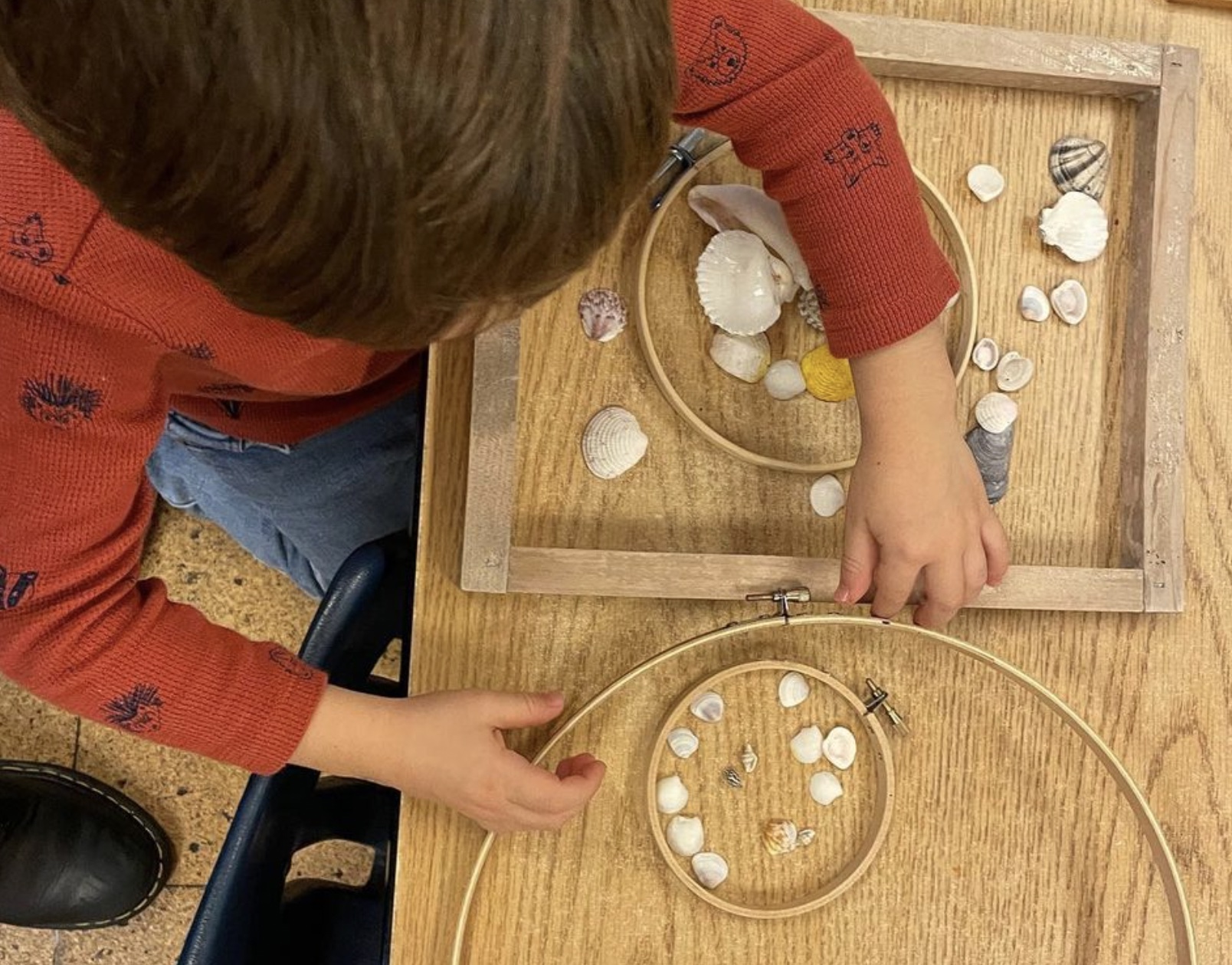
Literacy: Being literate implies being educated.
Education: Being educated implies school.
Both parents and educators tend to think of literacy as the process of learning to read and write in school. In reality, the process of becoming literate begins much earlier and is more complicated than generally thought.
Birthing Room: Infant arrives wailing as she separates from the mother into a reality that is often brightly lit, busy with unfamiliar voices, without the security of the womb. Doctor hands newborn to mother. Mother offers a soothing voice as she wraps the baby in her arms. Eye contact is made, baby stops crying. Thus begins the foundation for literacy.
Baby cries. Mother hears. Mother speaks. Mother touches. Baby listens and calms.
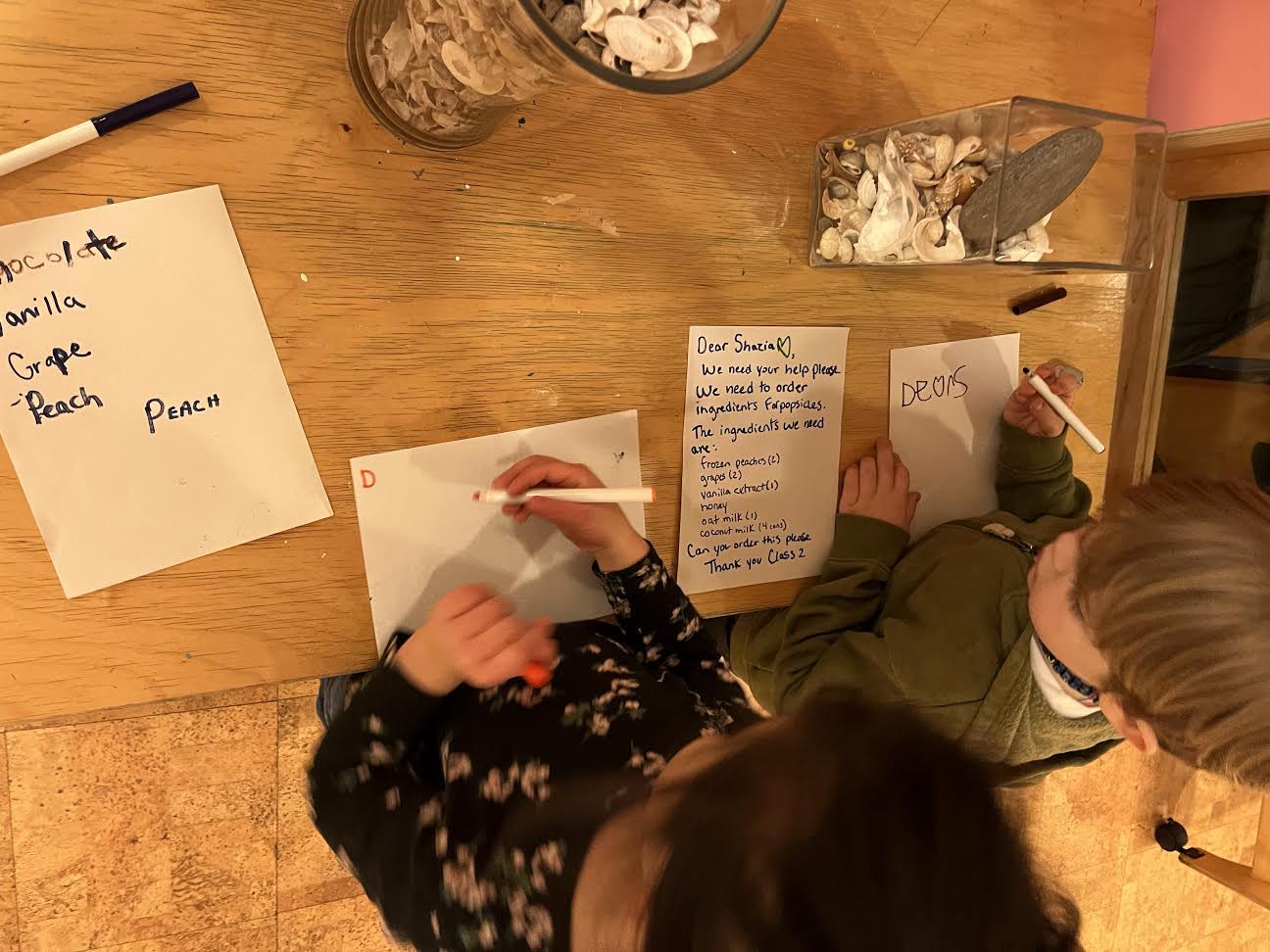

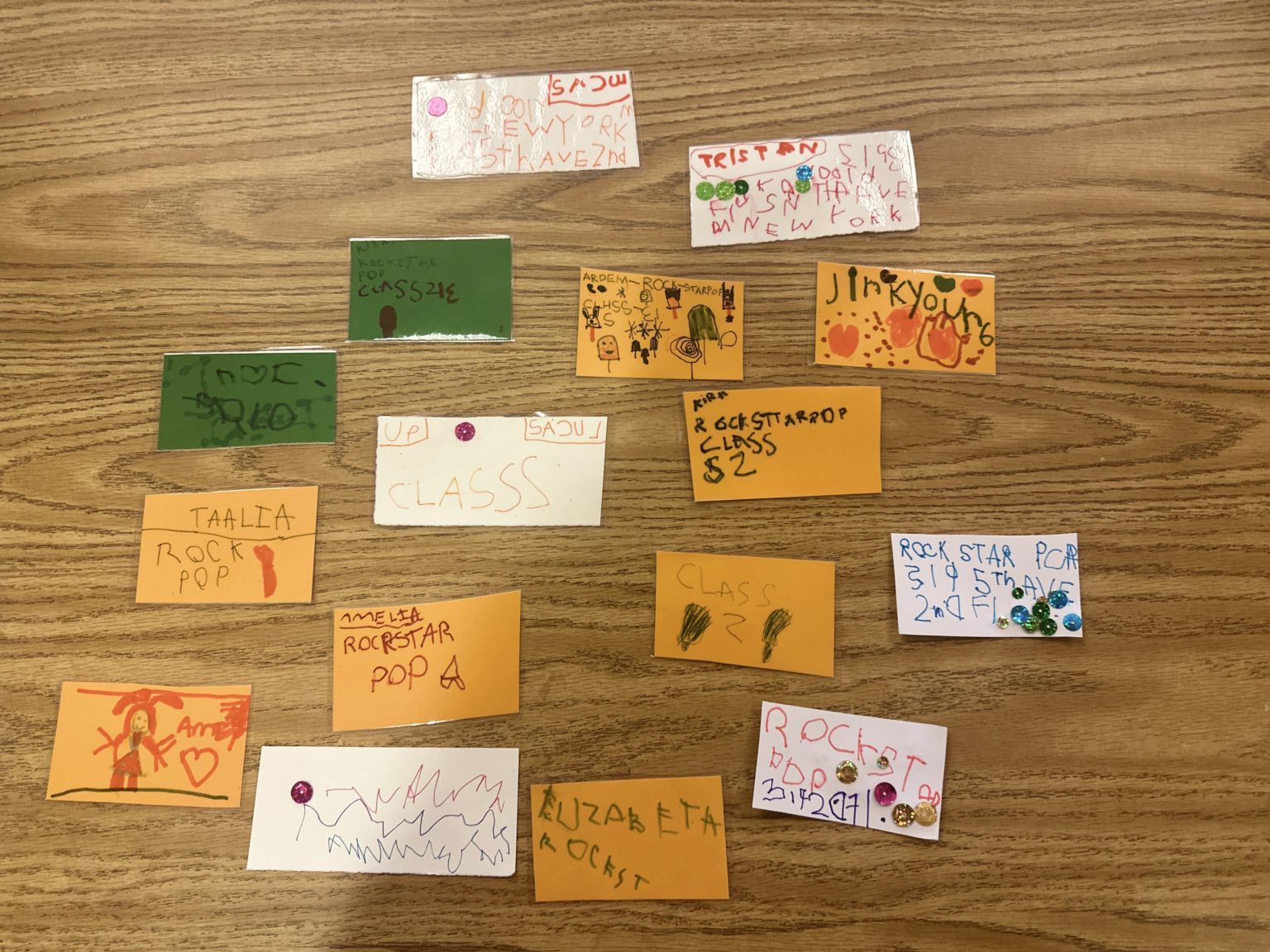
As last week's recap mentioned, we'd love to share more about our classroom exploration of how we get our skin color. This interest emerged when we first began playing our, "Can you guess the baby?" game. We’ve been playing this game as a group during our meetings.
The first baby picture we shared was Sophie’s. Knight guessed it was Sophie right away. A teacher asked him how he knew it was Sophie, he said, "I don’t know." Stacy jumped in and said, "That’s Sophie’s skin. My skin is whiter." Children were then asked to look at their own and their friend’s skin. All agreed, that our skin is a range of shades. Mica added, "I was born with this skin." Yes! We are all born with skin in all kinds of shades. William added, "I have dead skin." William could not find his dead skin. Lynn found some by her fingernail that she shared. Everyone thought it looked familiar and agreed they sometimes have dead skin too.
It's always exciting during our meeting when something spontaneously sparks children’s interest and they all want to say something at once. Here are some thoughts about skin we were able to document...

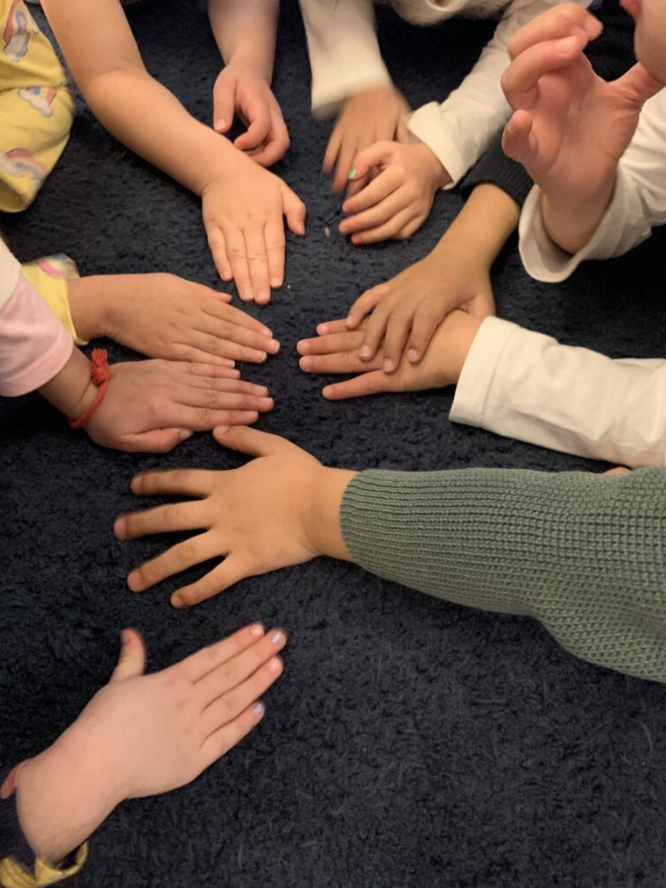
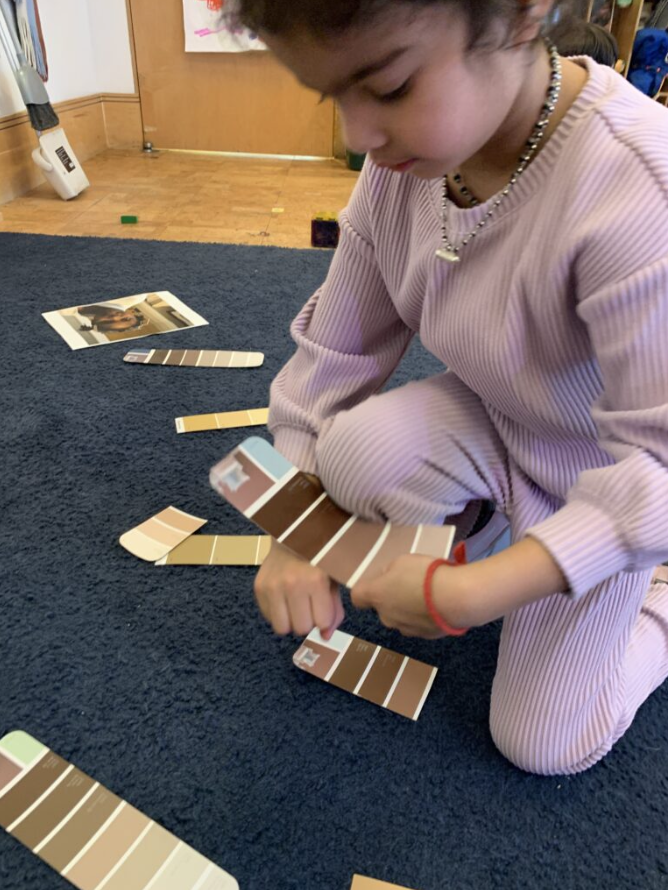
In bustling Midtown Manhattan, set right above Fifth Avenue, lies a haven for young children – Chelsea Day School. For over four decades, the school has been a beacon of progressive education, guided by the visionary leadership of its founder and Director, Jean Rosenberg.
"In 1981, on a September morning, Chelsea Day School opened its doors for the first time," reminisces Jean, reflecting on the school's humble beginnings. "Our focus has always been on each child's individual needs and development."
As Chelsea Day School evolved and grew, so did its need for more space. "The growth of our school has brought us through four spaces. We started in the basement of the YMCA, then we moved onto the carriage house, then into an abandoned warehouse and made that our own, and finally our location here at 32nd street," Jean recalls. Its current home is a bright and lofty space designed intentionally to meet the needs of the children and teachers.
However, amidst this growth, Jean proudly declares, "Our core philosophy is the same, but our practice has evolved...."


